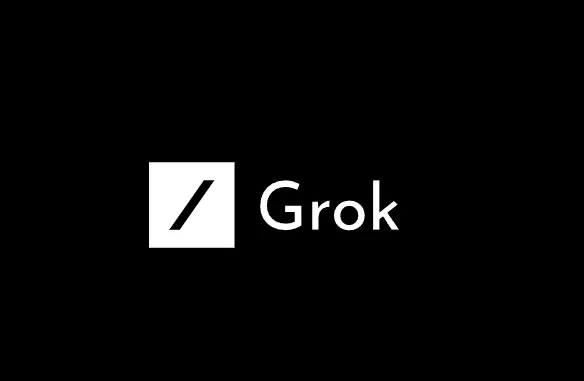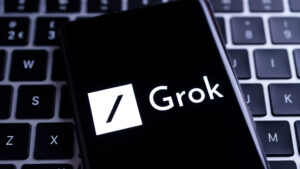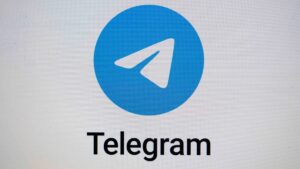X Introduces New Features to Its Grok AI Chatbot

X Enhances Grok AI Chatbot Features
X is making significant enhancements to its Grok AI chatbot, aiming to increase its appeal and boost subscriptions for X Premium. This move is part of a broader strategy to integrate more functionality into Grok, positioning it as a valuable tool for users.
Customization Features
One of the primary features being added to Grok is the ability for users to personalize their experience. As highlighted by X Daily News, users can now input permanent details about themselves—such as preferred names, pronouns, jobs, and interests. This information will help Grok tailor its responses to each user more effectively.
- User-defined Qualifiers: By sharing specific details, users can ensure that their interactions with Grok are more relevant and personalized. For instance, if you mention your hobbies or professional background, Grok can incorporate this data into future interactions, leading to more coherent and context-aware conversations.
This addition aims to enhance the overall user experience. However, the effectiveness of this personalization will largely depend on how well Grok can interpret and incorporate user data into its response algorithms.
New File Upload Capability
In addition to personalization, X is introducing a feature allowing users to upload files directly into the Grok chatbot. This enhancement is expected to provide more analytical capabilities and broaden the potential uses of the AI tool.
- Expanded Analytical Tool: By enabling file uploads, Grok becomes capable of handling more complex queries and providing richer insights. Users will be able to ask questions related to specific documents, streamlining their interactions with the chatbot.
The Competitive Landscape
Despite these promising features, it is difficult to predict Grok’s future success against established competitors. With significant investments flowing into AI from major companies like Meta, Google, and OpenAI, Grok faces fierce competition. Each of these organizations targets similar audiences and aims to innovate with their own AI solutions.
- Meta’s Dominance: Meta claims that its chatbot is currently the most widely used AI assistant globally. Microsoft has integrated OpenAI’s tools across its applications, gaining access to a massive user base. Meanwhile, OpenAI continues to unveil advanced tools like "Operator" and its deep research tool, which can analyze extensive online data for comprehensive reporting.
Key Differentiators
Grok’s unique selling point has been its stance on not being "woke," as Elon Musk has criticized certain restrictions placed on other AI chatbots. However, it remains to be seen if this will be enough to draw significant consumer interest, especially compared to more established alternatives.
- Competing with Established AI Tools: Companies like OpenAI and Meta offer functionalities such as file uploads and personalization prompts. As users become accustomed to these features, Grok must provide compelling reasons for them to switch platforms.
Technological Backbone
Grok is built on the "Colossus" supercomputer cluster, which aims to harness up to 200,000 Nvidia H100 GPUs. This advanced computational power allows Grok to perform efficiently; however, it’s essential to note that OpenAI reportedly has access to around 720,000 Nvidia GPUs, while Meta has about 600,000.
- Computational Power Comparison: In terms of raw computing power, Grok appears to be at a disadvantage compared to its competitors. This difference in resources could impact Grok’s ability to deliver high-quality AI interactions consistently.
Despite the challenges, investors in xAI seem hopeful, banking on the possibility that Elon Musk can leverage unique efficiencies to propel Grok into a more competitive position. As Grok rolls out its new features, the coming months will reveal its effectiveness in capturing user interest and standing out in a crowded market.






